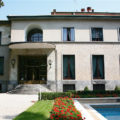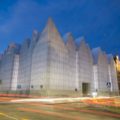Driving Around SICILY
The first time I explored Sicily, nearly 60 years ago, I stayed in cheap pensions, walked around the cities and took local buses and slow trains from one place to the next. This past September I returned with a friend and we retraced a similar route with an experienced driver in the comfort of a Range Rover, stayed in a couple of palaces and dined in restaurants that would be stand-outs in Paris or Milan. Tourism was at a low ebb, locals were taking sensible precautions against Covid, and everything looked better than I remembered.
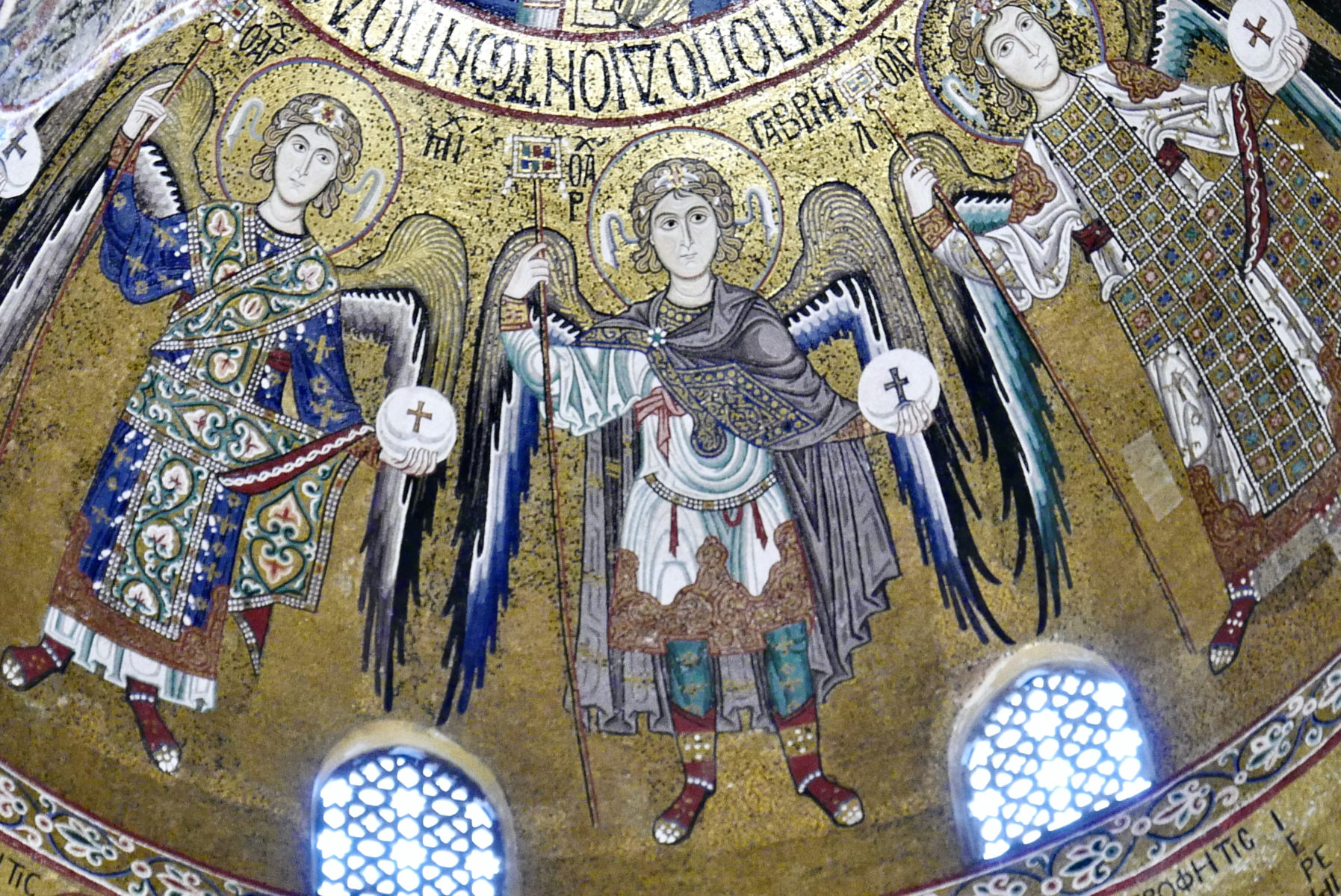
Though Sicily is still one of Italy’s poorest provinces, it has an unmatched legacy from the past: Greek temples and Roman theaters, Norman cathedrals and the exuberance of Spanish baroque. There’s a love of color and display that you find in period frescoes, street markets and the presentation of fish fresh out of the sea.
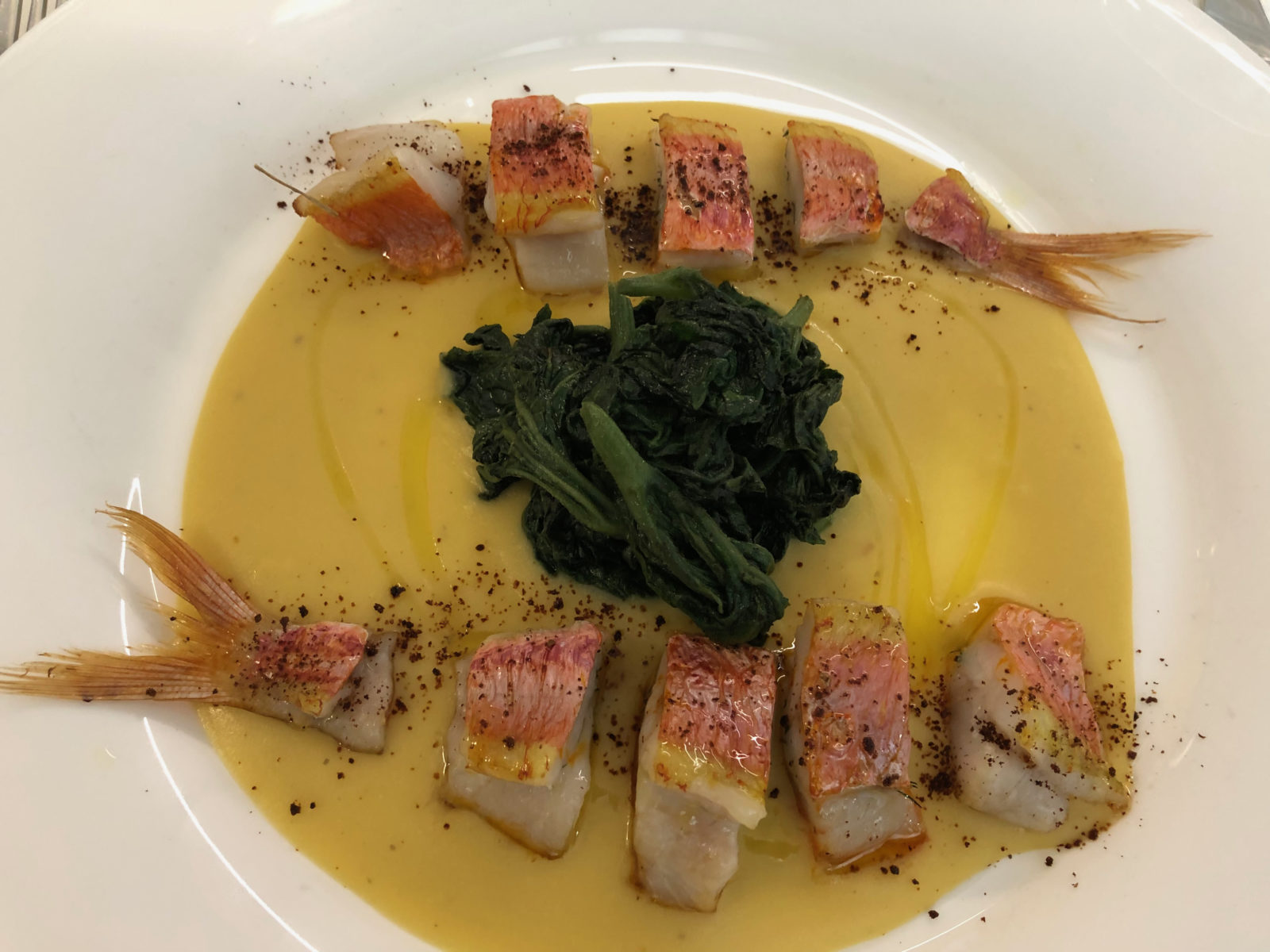
We spent three days exploring the riches of Palermo, a city scarred by wartime bombing and Mafia-funded development, which retains something of its dignity. Here, as in other towns, there are signs of a resurgence. Landmark buildings have been restored, facades scrubbed, streets turned over to pedestrians. It’s safe to walk around, even at night, and motor traffic has been tamed.
Highlights included the golden mosaics of the Capella Palatina, the fanciful Chinoiserie of the Palazzina Cinese, and the surreal juxtapositions within the Palazzo Branciforte, which once served as a pawn shop, and now displays street puppets on the tiers of wooden shelves. You could stay by the sea in the Art Nouveau splendor of the Villa Igeia; we preferred the intimacy of the Palazzo Valentino at the heart of the old city.
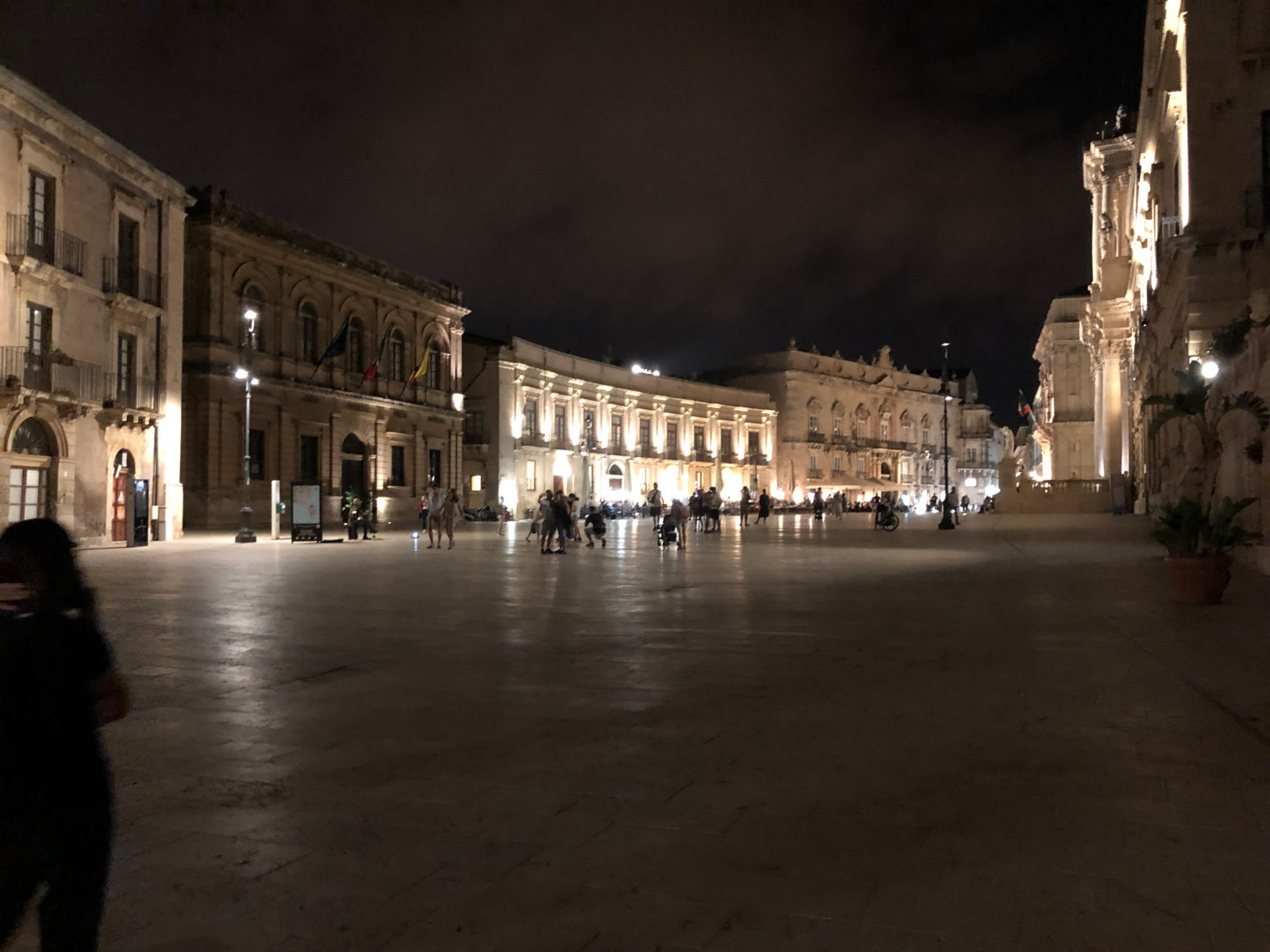
From Palermo, we drove across the mountainous interior to Syracuse, and stayed in the modest but well-located Palazzo di Sale on Ortygia, an island that’s linked to the modern city by a short causeway. The narrow streets lead to water on every side and at the heart of the island is the Piazza del Duomo, a crescent of polished marble from which all vehicles are banned. The cathedral was built within a Doric temple and massive columns emerge from the side walls. The pale stone facades are illuminated at night and the square becomes a huge stage, best viewed from one of the outdoor restaurants.
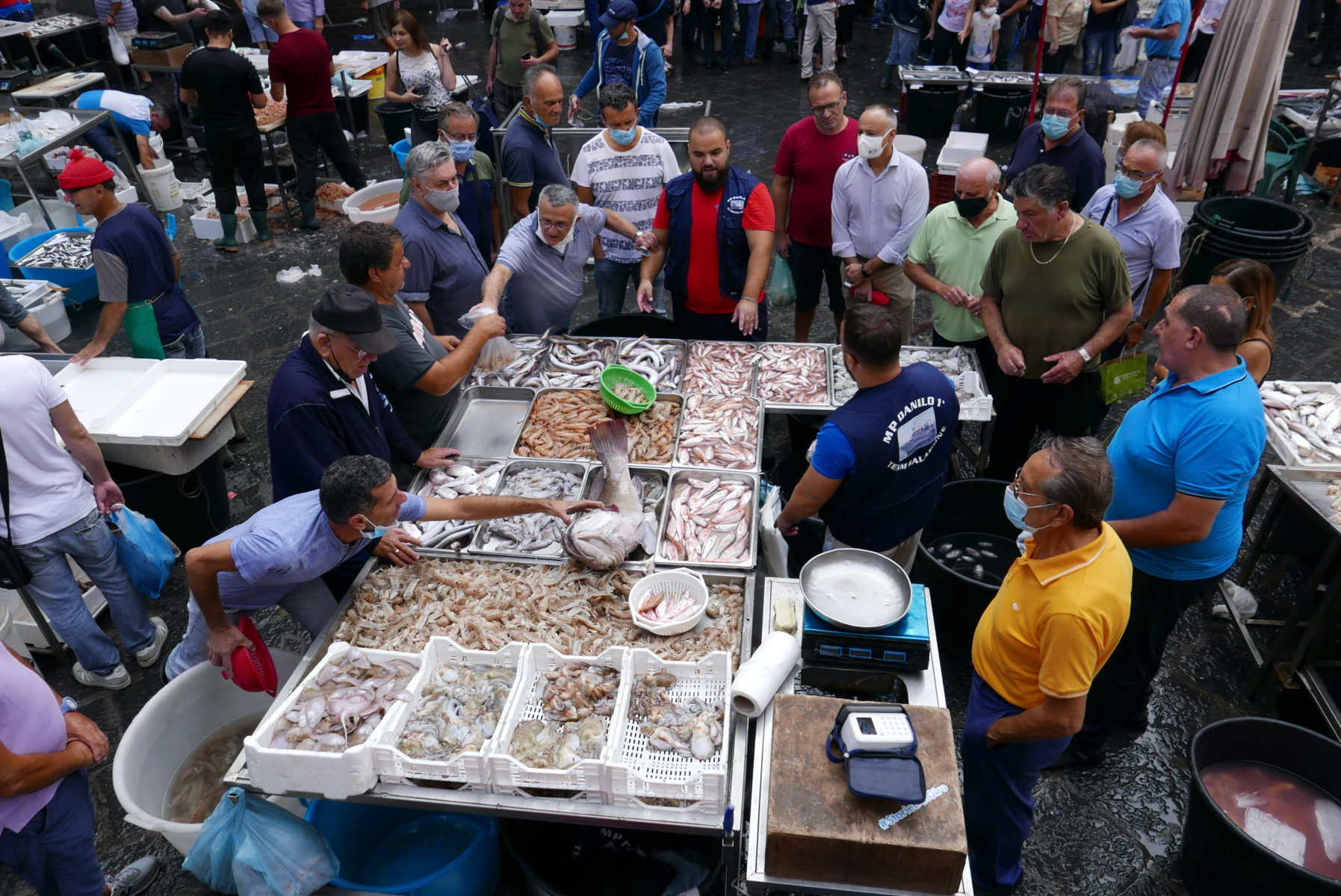
From here we drove up to Catania, a city constructed of dark grey lava rock from Mount Etna and continued on to the ring road that encircles the crater. When the volcano exploded in 1693 it devastated Catania and several other towns in the region. Happily, there was wealth and talent to rebuild them quickly and well. The finest of these reconstructed towns is Noto, a short drive from Syracuse. Steep streets lead up from a broad pedestrianized boulevard, and a flight of steps ascends to the cathedral.
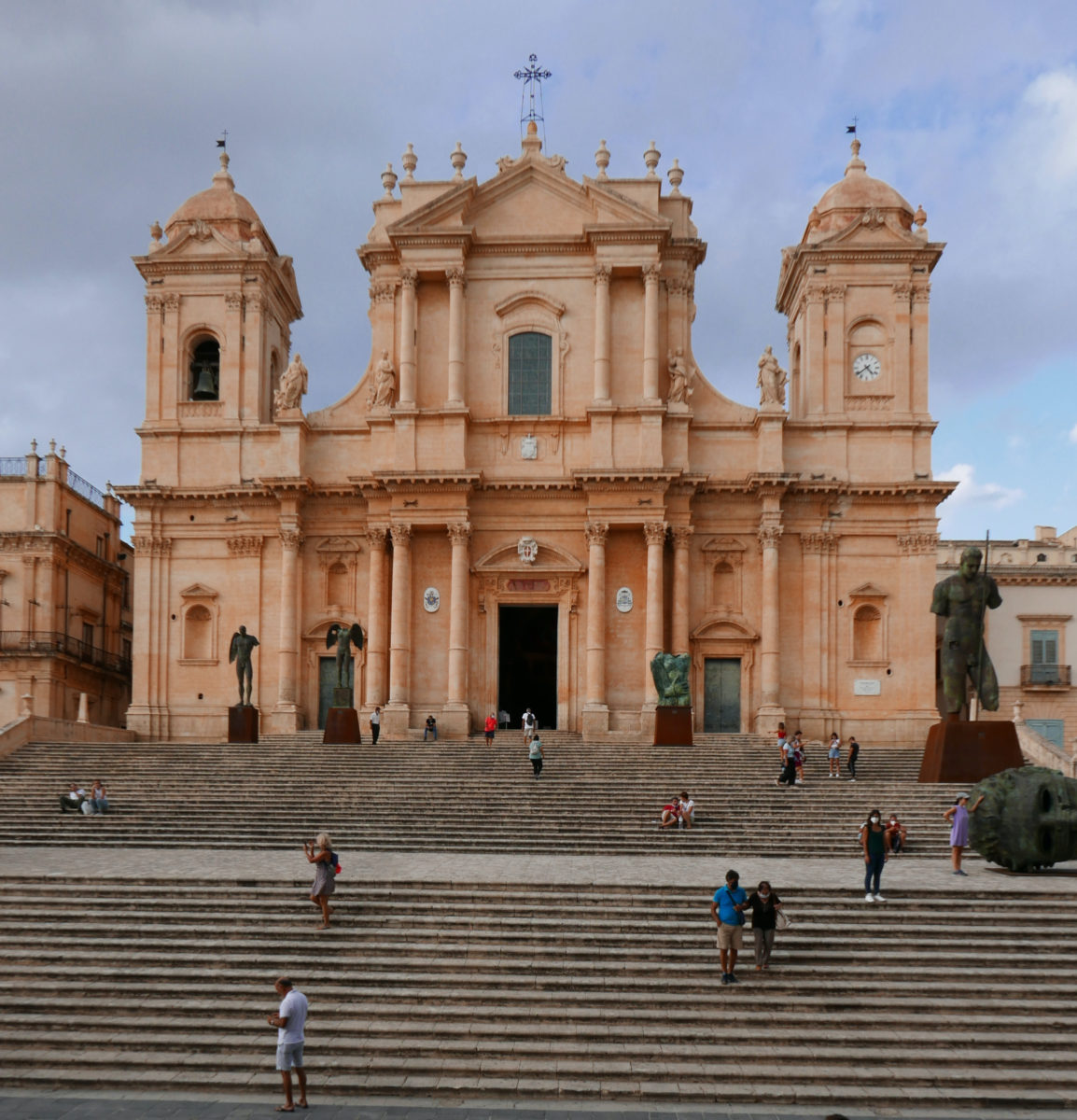
The Palazzo Villadorata, with its richly carved balconies, is home to Seven Rooms, a luxurious b&b, and you can wander around the Palazzo Casteluccio, which has been exquisitely restored for a French movie producer. Close by are the newly chic hill towns of Ragusa and Modica, where houses appear to be stacked vertically and rock-climbing skills come in useful. Casa Talia, a complex of rooms designed by a local architect is perched on a slope like an eagle’s nest.
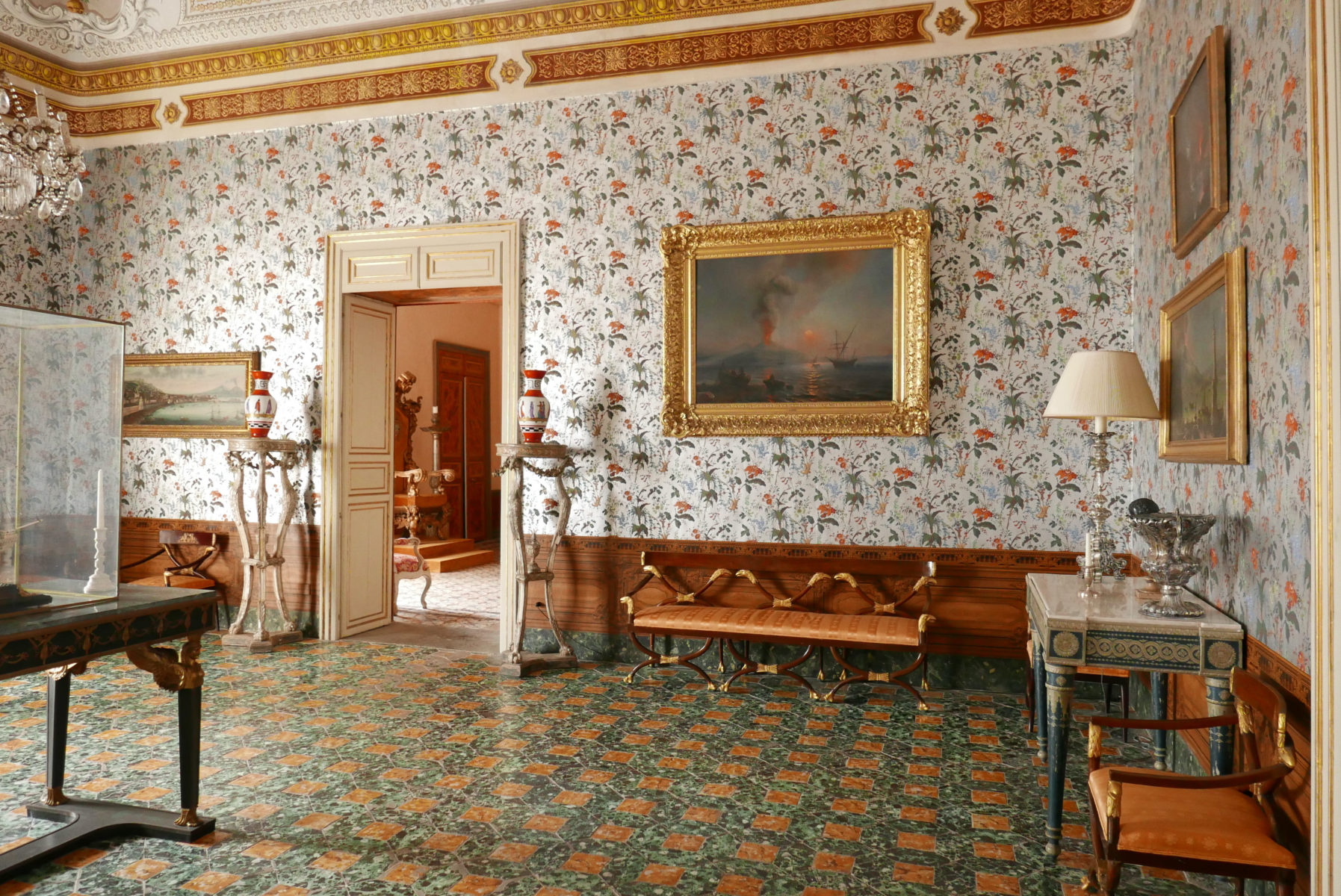
From Noto we drove inland to Agrigento and on to Mazara del Vallo, with its maze-like Arab kasbah and Museo Satiro, a disused church housing the expressive bronze figure of a satyr, recently netted by a fishing boat. A steep road wind up from the port of Trapani to Erice, an ancient fortified settlement built entirely of stone, which commands sweeping views out to sea.
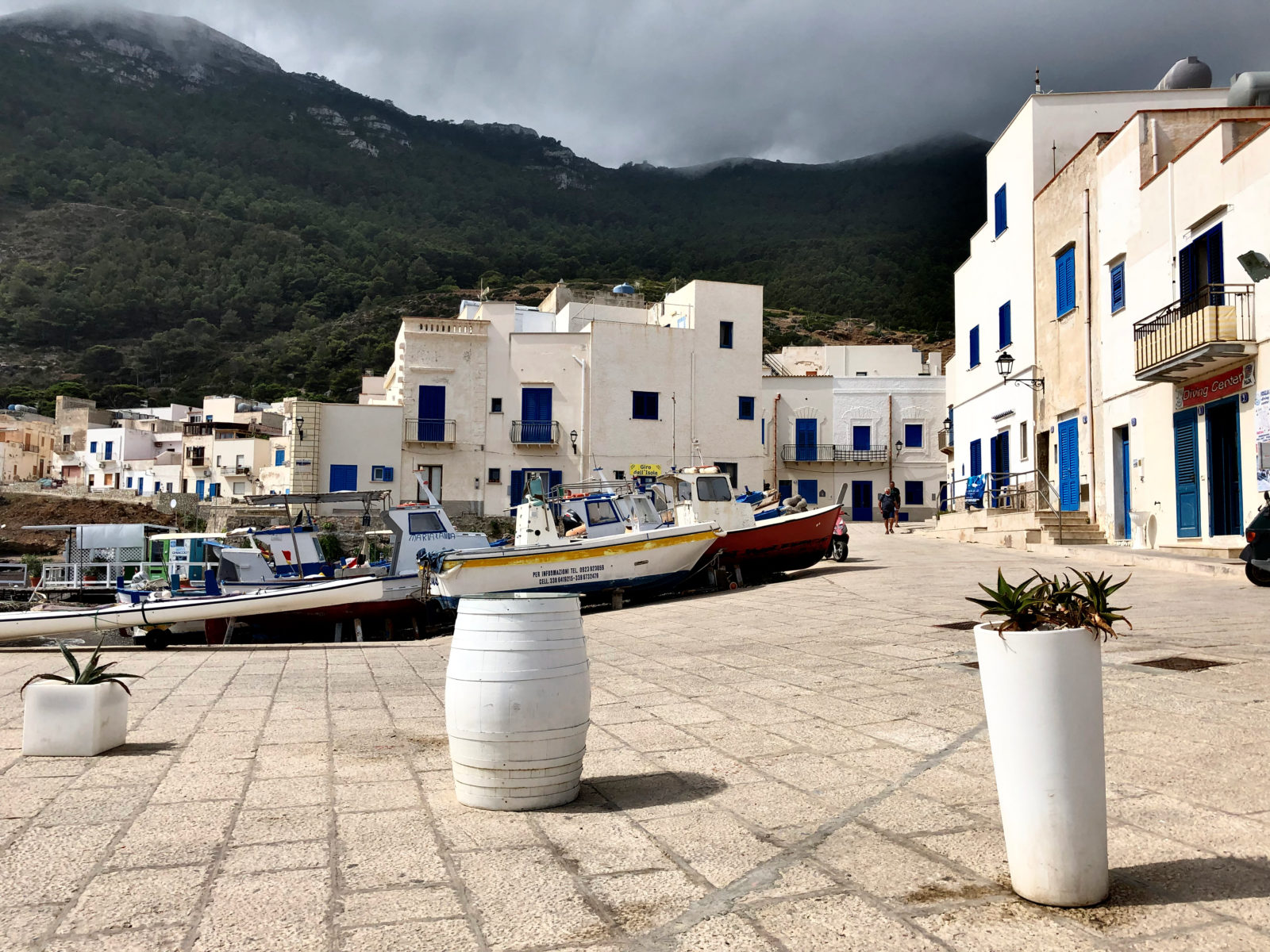
A hydrofoil took us to the island of Marettimo for a taste of Mediterranean rusticity. White cubic houses with blue doors and shutters evoke Aegean Greece and whiskery fishermen with painted boats provide most of the income. There are no hotels, but almost every house offers spare rooms to visitors in summer and there are a couple of excellent fish restaurants. Back in Trapani, we detoured to the Greek temple of Segesta and the Norman cathedral and cloister of Monreale on our way back to the airport.
Where to stay and eat:
Palermo: Palazzo Valentino 4 Quarti, Via Vittorio Emanuele 376
Vila Igeia, Salita Belmonte 43
I Cucci, Piazza Bologni 3
Osteria dei Vespri, Piazza Croce dei Vespri
Syracuse: Palazzo di Sale, Piazza XVI Maggio 10
Regina Lucia, Piazza Duomo 6
Noto: Seven Rooms Villadorata, Via Camillo Benso 53
Anche gli Angeli, Via Arnaldo di Breschia 2
Modica: Casa Talia, Via Exaudinos 9
Sciacca: Hostaria Viccolo, Viccolo Sammaritano 10
Marettimo: Il Veliero, Corso Umberto 22
San Vito lo Capo: Pocho, Contrada Macari
Recommended driver/guide: Francesca Lombardo lofran07@libero.it
Michael Webb
around the world.
Latest posts by Michael Webb
- DESTINATION: Revisiting the South of France - April 30, 2024
- Exploring the Czech Republic - January 29, 2024
- Rediscovering Morocco - April 6, 2022


